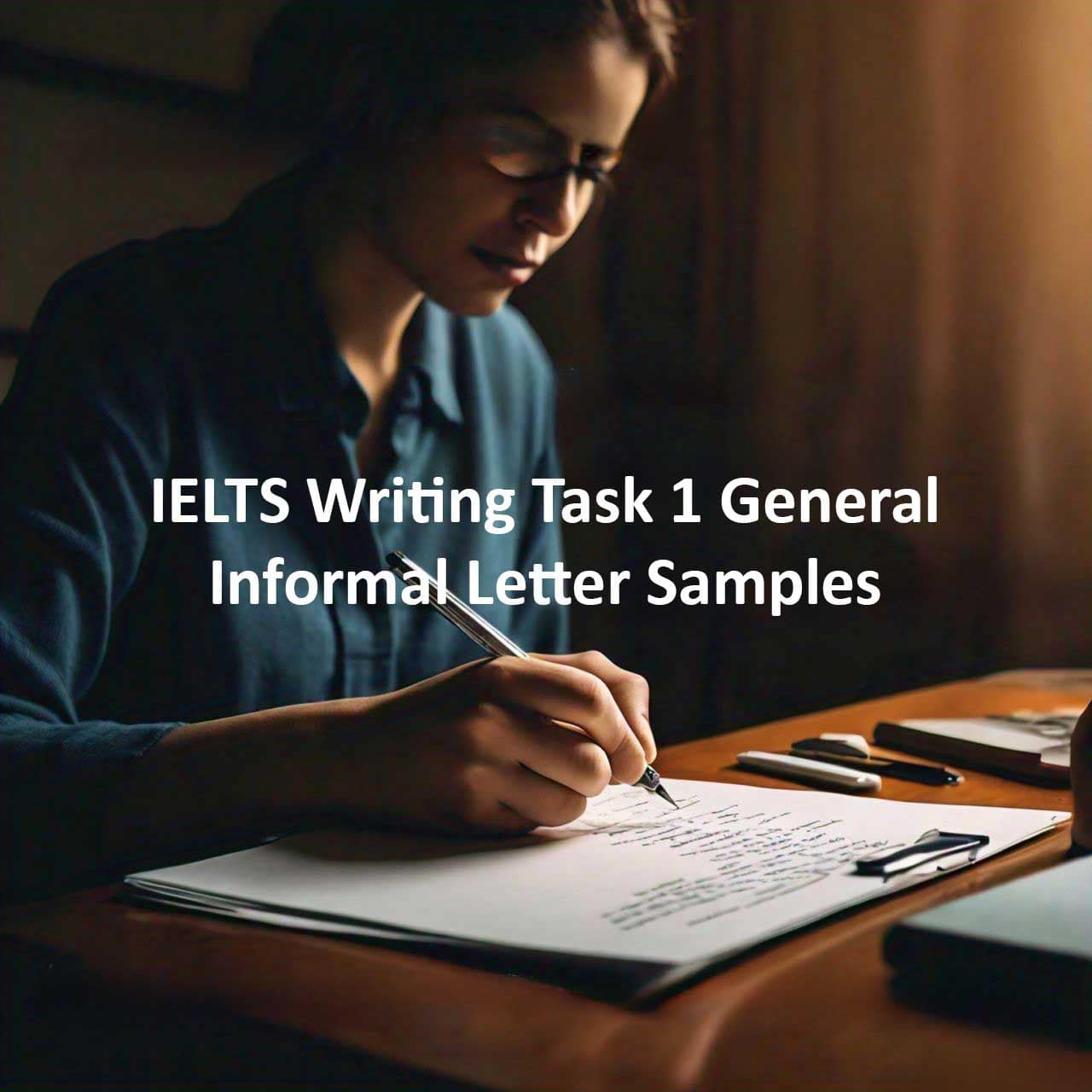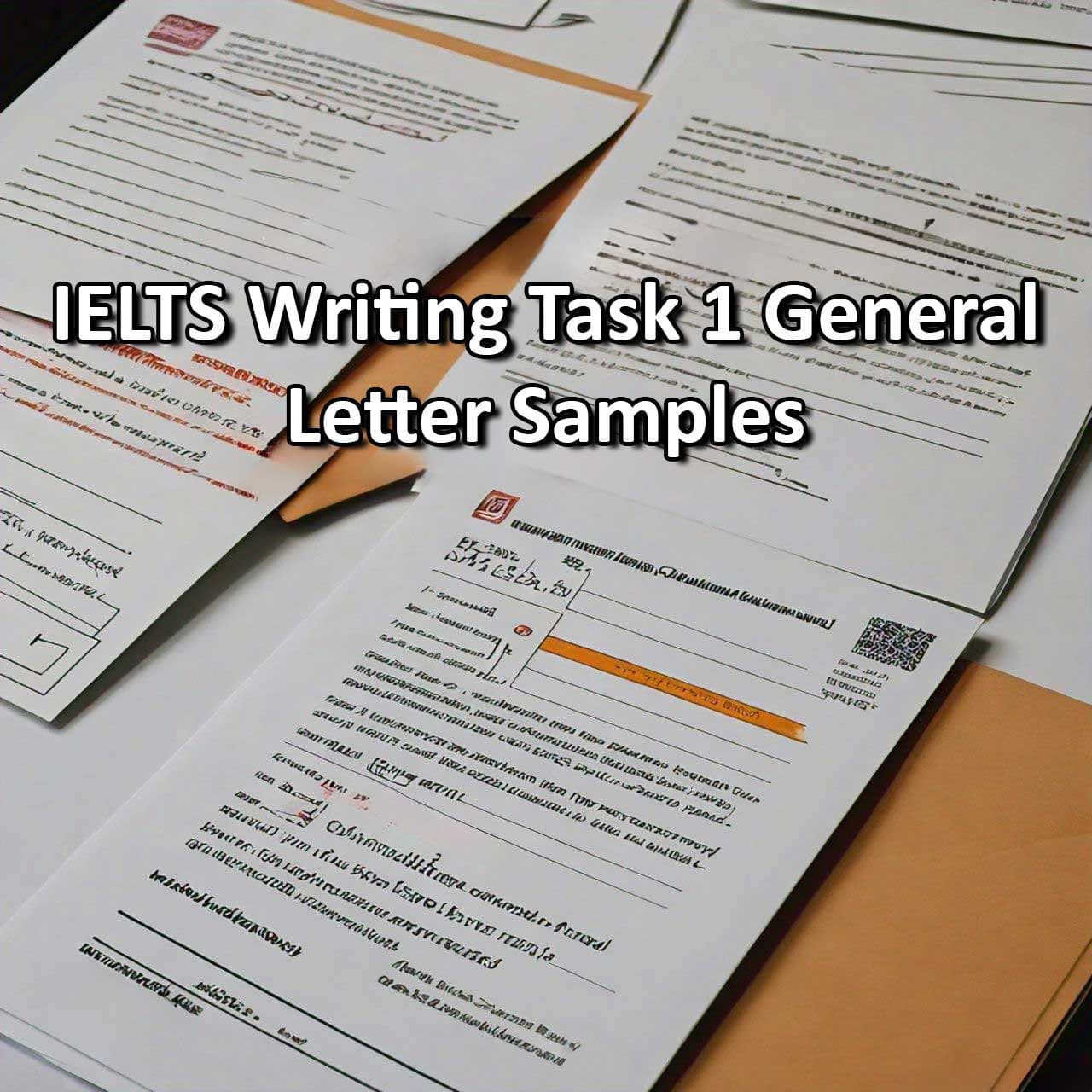The IELTS Writing test is a crucial part of the IELTS exam, designed to assess your ability to express ideas clearly, coherently, and effectively in written English. Writing with a purpose is essential to perform well in this test. Understanding the purpose of each task, tailoring your writing to meet specific requirements, and conveying your ideas convincingly can significantly enhance your performance. In this blog post, we’ll explore the importance of writing with a purpose and provide tips on how to approach each task in the IELTS Writing test.
Table of Contents
Understanding the IELTS Writing Test
The IELTS Writing test consists of two tasks, each with a distinct purpose:
Task 1 (Academic):
You are required to describe, summarize, or explain visual information (graphs, charts, tables, or diagrams) in at least 150 words. The purpose is to assess your ability to interpret and convey data accurately and coherently.
Task 1 (General Training):
You need to write a letter (formal, semi-formal, or informal) in response to a given situation, in at least 150 words. The purpose is to evaluate your ability to communicate appropriately in various social contexts.
Task 2 (Both Academic and General Training):
You must write an essay in response to a point of view, argument, or problem, in at least 250 words. The purpose is to assess your ability to construct a well-reasoned argument, support it with evidence, and present your ideas clearly.
The Importance of Writing with a Purpose
1. Clarity and Coherence:
Writing with a clear purpose ensures your essay or report is well-organized and easy to follow. When you understand the task’s objective, you can structure your writing logically, making it easier for the examiner to grasp your main points and arguments.
2. Task Achievement:
Each task has specific requirements that you must meet to achieve a high score. Writing with a purpose helps you focus on addressing all parts of the task, whether it’s describing data trends in Task 1 or presenting a balanced argument in Task 2.
3. Engagement:
Purposeful writing engages the reader. When your writing is focused and relevant, it captures the examiner’s attention and demonstrates your ability to communicate effectively.
4. Language Use:
Understanding the purpose of your writing helps you select appropriate vocabulary and grammatical structures. For instance, a formal letter requires different language compared to an informal one, and a data description needs specific terminology related to trends and statistics.
Tips for Writing with a Purpose
1. Analyze the Task Prompt:
Before you start writing, carefully read and analyze the task prompt. Identify the main requirements, such as the type of data to describe in Task 1 or the specific issue to address in Task 2. Understanding the prompt fully ensures you stay on track.
2. Plan Your Response:
Spend a few minutes planning your response. Outline the main points you want to cover, the structure of your writing, and the evidence or examples you will use to support your ideas. A clear plan helps you write more effectively and stay focused on the purpose.
3. Use Clear and Relevant Examples:
Support your ideas with clear and relevant examples. Whether describing a trend in a graph or supporting an argument in an essay, specific examples make your writing more convincing and easier to understand.
4. Maintain a Formal Tone:
For both Academic and General Training tasks, maintain a formal tone unless instructed otherwise. Avoid colloquial language and ensure your writing is professional and respectful.
5. Address All Parts of the Task:
Make sure you address all parts of the task prompt. For Task 1, this means covering all aspects of the visual information. For Task 2, ensure you discuss both sides of an argument if required, or fully explore the issue presented.
6. Use Linking Words and Phrases:
Linking words and phrases help to create coherence in your writing. Use connectors such as “however,” “therefore,” “furthermore,” and “in contrast” to guide the reader through your arguments and explanations smoothly.
7. Review and Edit:
After writing, take a few minutes to review and edit your work. Check for any grammatical errors, ensure your ideas flow logically, and confirm that you have addressed the task requirements fully.
Sample Approach to IELTS Writing Tasks
Task 1 (Academic):
– Prompt: The graph below shows the number of tourists visiting three different museums over a five-year period.
– Purpose: Describe the trends and compare the number of visitors to each museum.
– Plan: Introduction (paraphrase prompt), Overview (summarize main trends), Body Paragraph 1 (specific data for Museum A and B), Body Paragraph 2 (specific data for Museum C and comparisons).
Task 2 (Both Academic and General Training):
– Prompt: Some people believe that university education should be free for everyone. To what extent do you agree or disagree?
– Purpose: Present a balanced argument, support your view with reasons and examples.
– Plan: Introduction (state your position), Body Paragraph 1 (arguments for free education), Body Paragraph 2 (arguments against free education), Conclusion (reiterate your position and summarize key points).
Conclusion
Writing with a purpose is essential for success in the IELTS Writing test. By understanding the task requirements, planning your response, and maintaining clarity and coherence, you can effectively convey your ideas and achieve a high score. Remember to practice regularly, analyze the task prompts carefully, and focus on addressing all parts of the task. With dedication and purposeful writing, you’ll be well-prepared to excel in the IELTS Writing test. Good luck!



